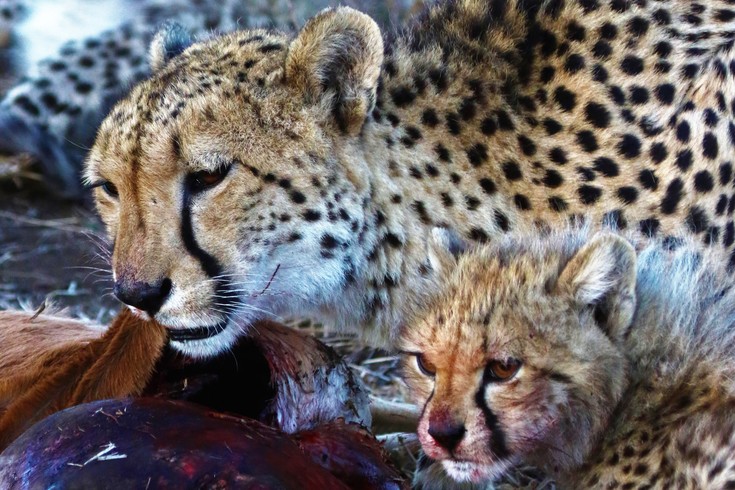The speed kings
The average reaction time for humans is 0.25 seconds to a visual stimulus, 0.17 for an audio stimulus and 0.15 seconds for a touch stimulus

WHEN it comes to speed, humans are far behind the top performers in the animal world.
The average reaction time for humans is 0.25 seconds to a visual stimulus, 0.17 for an audio stimulus and 0.15 seconds for a touch stimulus.

PHOTO: Larry Bentley
Mammals
The cheetah (Acinonyx jubatus) has the honour of being the fastest land mammal.
The cheetah uses its speed to catch its prey, but cannot keep up the chase over long distances.
Cheetahs will attemt to get as close as possible to its prey before starting the chase.
It is believed to reach between 112 and 120km/hr with an acceleration of almost 1 G-force.
The Mexican free-tailed bat in flight is considered the fastest mammal in the world at 160km/hr.

PHOTO: Larry Bentley
Reptiles
In South Africa, the flap-necked chameleon (Chamaeleo dilepis) has a lightning fast tongue which it uses to catch mostly insects.
Using its camouflage and stealth, the chameleon has to make sure it is within striking range before shooting its tongue out.
This is done by moving extremely slowly until it is within range, where it will shoot out its tongue at incredible speed.
Measurements have shown that the tongue accelerates from zero to 95km/hr in a hundredth of a second.
A chameleon needs only 20 milliseconds to catch its prey.
The winner of the fastest tongue in the world measured in a controlled environment went to Rhampholeon spinous (rosette-nosed pygmy chameleon).
The tongue was shot out 2.5 times the length of its body at about 2 592 metres per second at 264 times the force of gravity.
The chameleon’s long, elastic tongue is one of the fastest muscles in the animal kingdom, extending more than twice their body length and packing 14 000 watts of power per kilogram.
HAVE YOUR SAY
Like our Facebook page and follow us on Twitter
For news straight to your phone invite us:
WhatsApp – 072 069 4169
Instagram – zululand_observer

